In the process of building a roof, insulation is a must. In winter, in most regions of Russia, severe cold sets in, you can’t do without a warm roof, and heating tariffs bite. In summer, the roof surface absorbs a lot of thermal energy, and thermal insulation helps keep the attic cool. Which insulation to choose for the roof, which brand is more durable, stronger and better retains heat, will help to find out an overview of the most popular materials.
Content
Top 10 brands of insulation for the roof
When choosing an effective heat insulator, it is important to consider the following criteria:
- low thermal conductivity, so as not to lay too thick layers;
- light weight that does not overload structural elements;
- Fire safety;
- environmental Safety;
- preservation of shape and density, working properties throughout the entire period of operation;
- biostability;
- soundproofing;
- the possibility of ventilation;
- moisture resistance, vapor permeability;
- affordability or economic feasibility.
High-quality materials for insulation have a rather high price, but during the operation, the costs are paid off by reducing heating costs.
Styrofoam
Foam is at the 10th place in the rating of the best heat insulators, it has the lowest price, this material is very light, but it has many significant drawbacks.
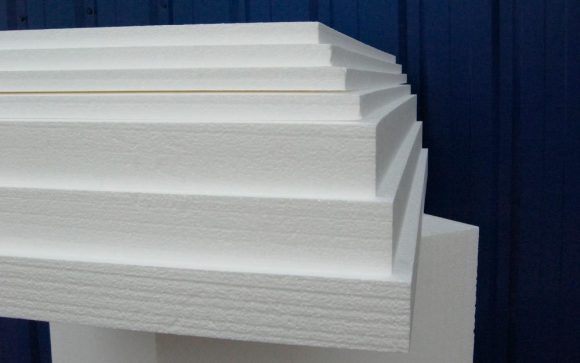
Pros:
- worth a penny;
- very light;
- sold in the form of plates, convenient for transportation.
Minuses:
- short-lived, decomposes over time with the release of toxic styrene;
- loved by rodents, birds and insects;
- inelastic, during installation it is necessary to precisely adjust, but still there are gaps that have to be foamed with foam;
- burns and releases toxic substances, only non-combustible finish is allowed.
Glass wool
Glass wool occupies 9th place - it is a material based on elongated glass fibers.
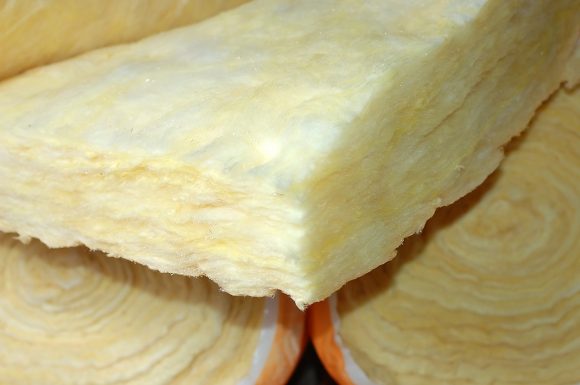
Pros:
- soft elastic blocks fill the entire opening between the rafters without cracks;
- produced in rolls, due to which quick installation is possible;
- affordable price;
- thermal conductivity - 0, 045 W / mS;
- does not burn;
- has a low weight.
Minuses:
- styling must be done in tight clothing with long sleeves and in protective gloves and a mask, since microparticles of glass cause severe skin irritation;
- fragile structure, vibration loads are undesirable, shrinkage is possible;
- hygroscopic, requires vapor barrier.
Sprayed ecowool
The 8th place is occupied by safe sprayed ecowool, which is made on the basis of cellulose from cardboard waste, newsprint, and waste paper. It comes in the form of downy lumps that look like cotton wool. There is a wet method of thermal insulation, when the material moistened with adhesive composition is sprayed onto the surface, and a dry method, when cotton wool is blown into the cavity from vapor barrier membranes.
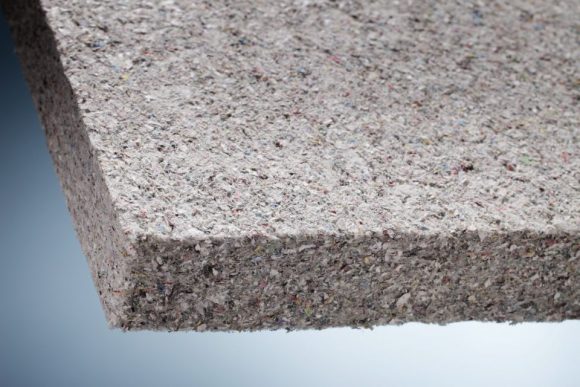
Pros:
- natural material safe for human health;
- swells quickly;
- thermal conductivity 0, 043 W / mS;
- does not burn;
- fills all the cracks.
Minuses:
- special installation is required for work;
- during installation you need to use personal protective equipment against dust.
Sprayable Polyurethane Foam
In 7th place, the sprayed polyurethane foam, outwardly it looks like a mounting foam.
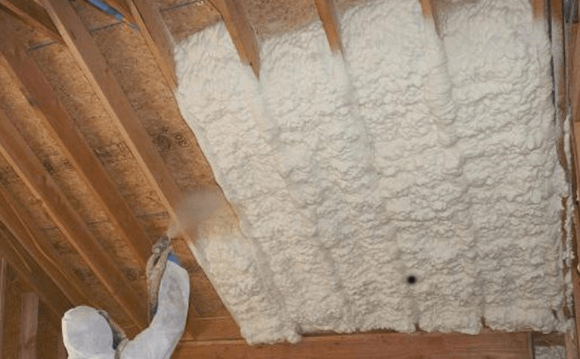
Pros:
- fills all hard-to-reach areas and lies in a continuous layer without cold bridges;
- possesses excellent adhesion to any kind of base;
- does not require fastenings;
- withstands extreme heat;
- quickly applied.
Minuses:
- insulation synthesis and spraying is possible only with the help of special equipment;
- high cost of work;
- low sound insulation;
- does not pass steam, short-lived.
Expanded clay
In 6th place - bulk expanded clay insulation. These are porous rounded pebbles or clay granules, they are sold in bags at a very affordable price.
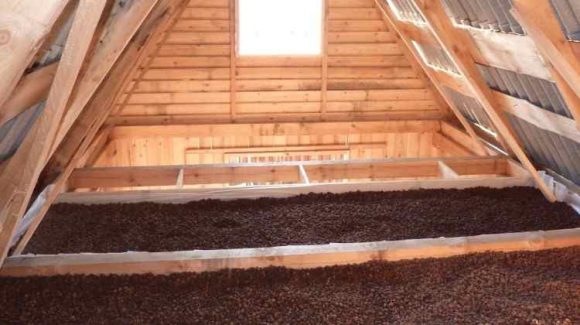
Pros:
- durability - will last at least 60 years;
- fills the entire volume of the cavity;
- environmentally friendly;
- does not burn;
- frost resistant.
Minuses:
- fragile granules require careful handling;
- It is mainly used in ceilings.
Penoplex
5th place - penoplex or its analogues, are available in the form of plates with groove-comb locks. They are made of polystyrene, like ordinary white polystyrene, but using a completely different technology, resulting in high-quality material.
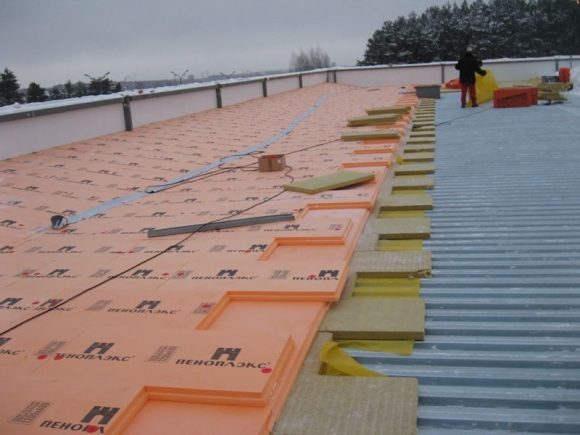
Pros:
- low thermal conductivity - 0.032 W / mS;
- complete vapor barrier;
- rigid form, can serve as a continuous crate;
- water resistance;
- high density and light weight;
- fire resistance class G3.
Minuses:
- during thermal decomposition emits toxic substances;
- it is necessary to adjust to the dimensions of the insulated gap.
Fiberboard
4th place is occupied by fiberboard plates, the basis of which are long wood fibers, and liquid glass or magnesite acts as a binder.
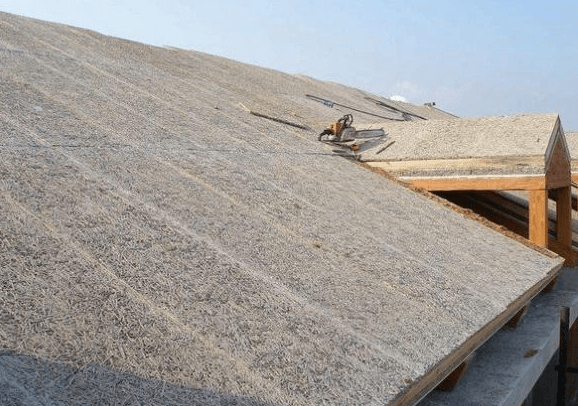
Pros:
- holds a rigid form and can serve as the basis for a continuous crate or finish;
- low thermal conductivity;
- does not rot;
- does not burn;
- vapor permeable;
- moisture resistant;
- has high noise absorption;
- service life - at least 60 years.
Minuses:
- heavier than other types of insulation;
- afraid of repeated freezing-thawing.
Mineral basalt wool
3rd place - mineral basalt wool, this is the most common insulation. Formaldehyde resins act as a binder in stone wool, but in a small amount and in a polymerized state. Thermal conductivity is 0.04 W / mS.
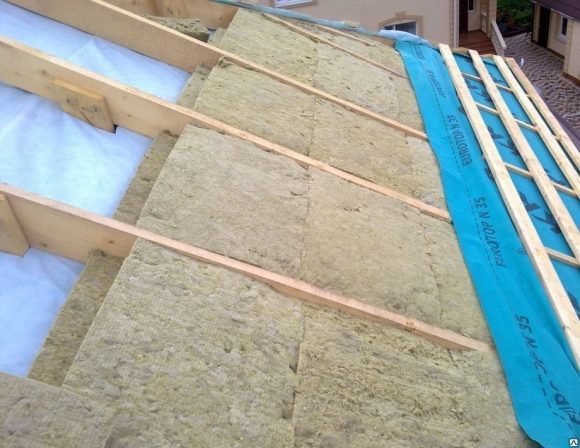
Pros:
- soft elastic mats with a springy edge zone are precisely fixed between the rafters;
- does not decompose;
- biostable;
- has excellent vapor permeability;
- does not burn;
- has high sound insulation;
- service life is 50 years.
Basalt wool does not have significant shortcomings, the cost is above average.
Foiled extruded polystyrene foam
2nd place - foil extruded polystyrene foam, which consists of two layers: foil and a panel resembling foam.
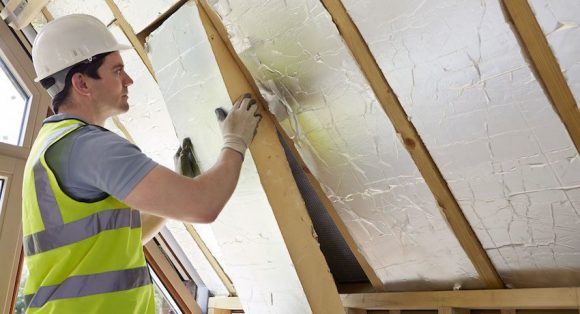
Benefits:
- high strength;
- the foil reflects 97% of the radiation;
- low thermal conductivity of 0.03 W / mS;
- biostability;
- complete hydrophobicity;
- Easy to mount and cut.
The only drawback: the foil becomes cloudy over time, its reflective properties decrease.
PIR plate
The leading first position is occupied by the PIR plate. This innovative material combines the best qualities of heat insulators and is a gas-filled rigid plate made of polyisocyanurate foam.
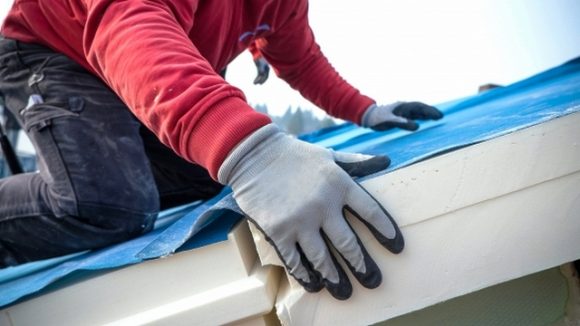
Pros:
- very low thermal conductivity - 0.022 W / ms;
- tongue-and-groove connection, easy installation;
- closed cells give full water resistance;
- strength;
- environmental Safety;
- there are foil models;
Only a high material price and low distribution can be considered a minus.
During installation, it is important to strictly observe its technology and construction standards, then in the summer it will be cool in the house, and in the winter a warm attic will become a favorite vacation spot for the whole family. Everyone can choose the right material based on personal preferences and capabilities.

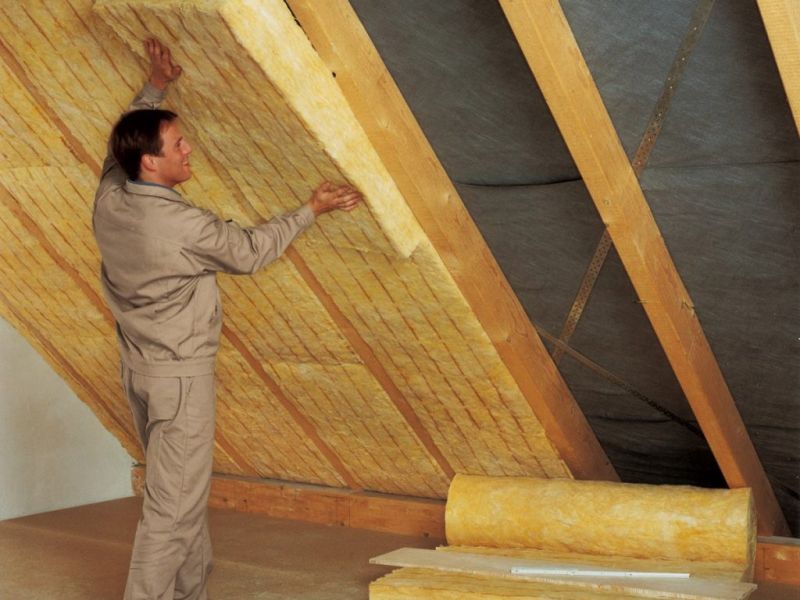
Alas, no comments yet. Be the first!